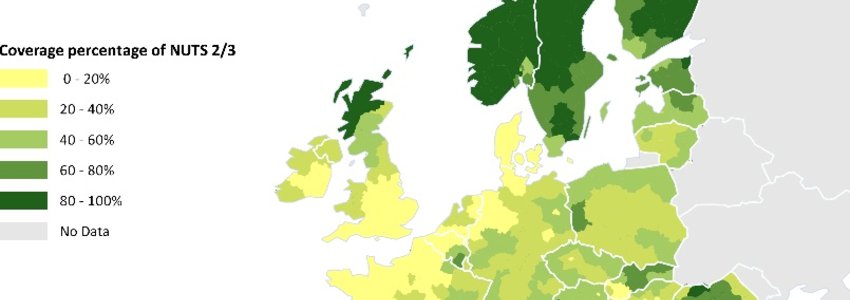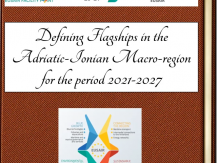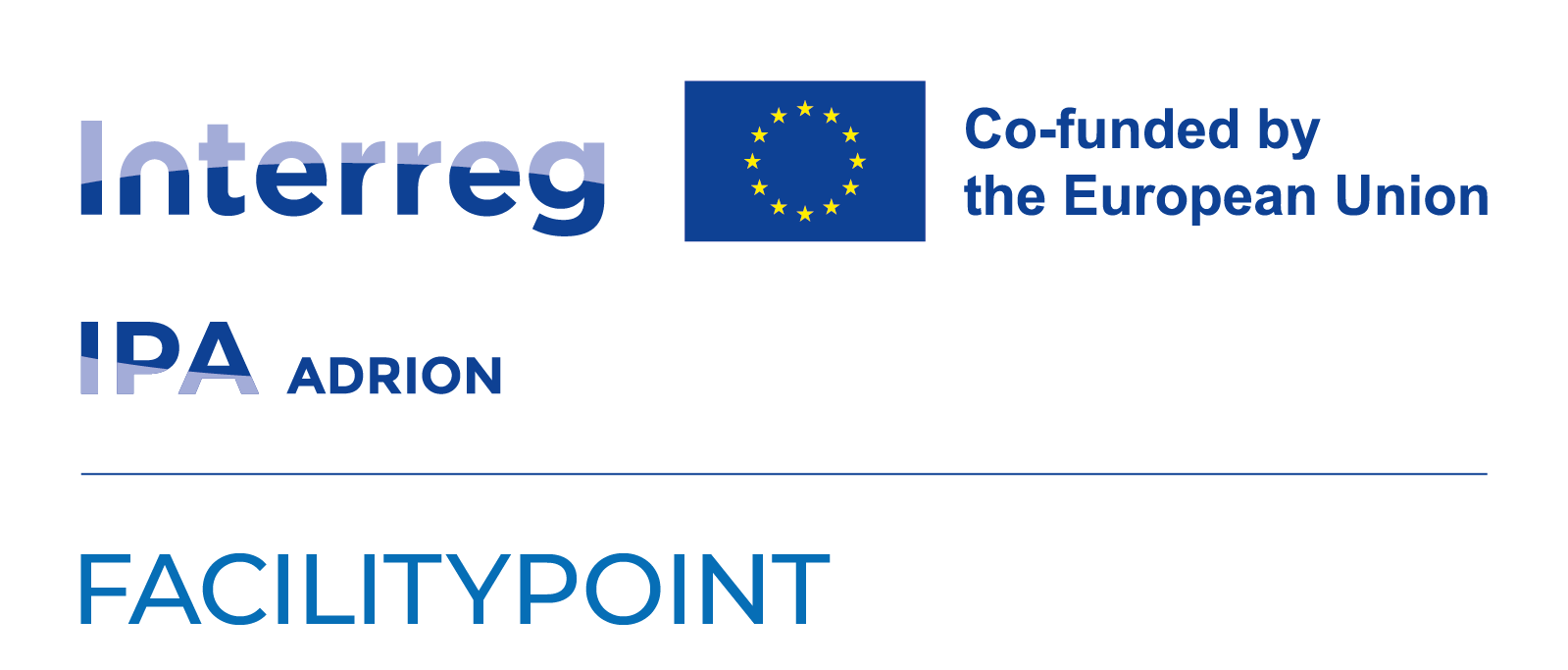Working paper: Territorial potentials for Green Infrastructure
Green infrastructure (GI) is considered a benefit for territorial development because it provides multiple functions within the same spatial area. The underlying principle of GI is that the same area of land can offer many environmental, social, cultural and economic benefits at the same time, provided its ecosystems are in a healthy condition. However, valuable European ecosystems are being degraded by land fragmentation, urban expansion and the building of transport and energy infrastructures. This affects habitats and species and reduces the spatial and functional coherence of the landscape. Degraded ecosystems have lower species richness and are unable to offer the same services as healthy ecosystems.

A variety of studies on GI, ecosystem services and biodiversity aspects have been conducted over the past years throughout Europe. Nevertheless, knowledge and data gaps still exist. Likewise, there is a need to provide quantitative and qualitative evidence on (a) the assets regions and cities have regarding existing green infrastructure and ecosystem services and the access to them, and (b) the demand for these elements, especially in highly urbanised areas.
Therefore this ESPON's working paper is guided by the following questions:
- What are potential positive and negative effects of GI and ecosystem services on European territorial development?
- What does the geographical distribution of GI and ecosystem services look like in European cities and regions?
- How can European cities, regions and national governments be supported in making full use of their GI and ecosystem services development potential?
Learn more about it HERE.
You might be interested in

EUSAIR flagships all summed up!

3rd EUSAIR Annual Forum – CATANIA DECLARATION

The Hellenic Republic assumes the Presidency of the EU Strategy for the Adriatic and Ionian Region (EUSAIR) (1 June 2024 – 31 May 2025)








